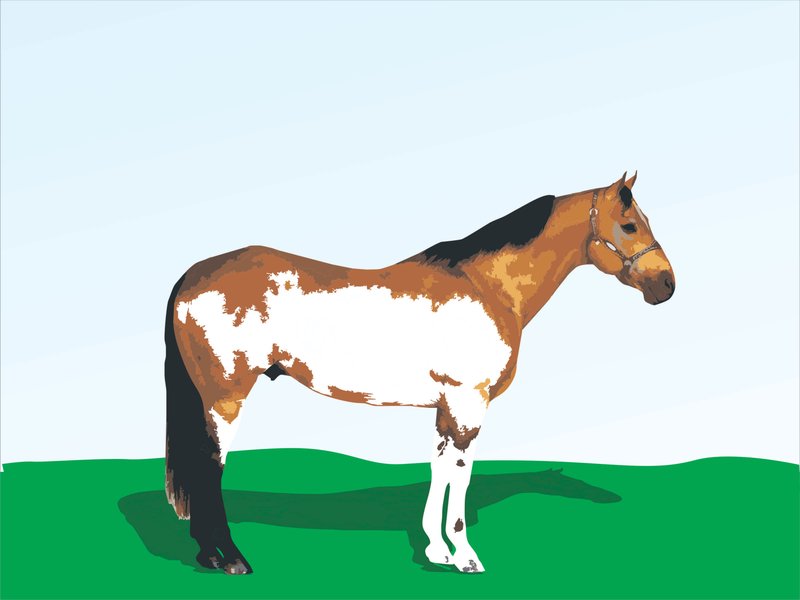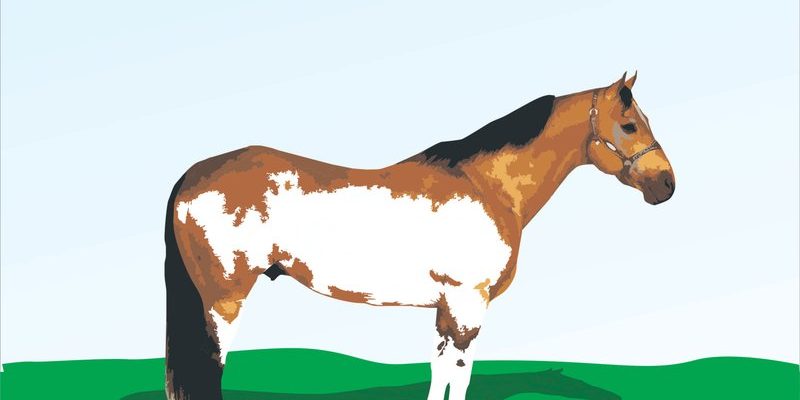
Whether you’re looking to compete or just ride for pleasure, the process involves plenty of soul-searching and research. Each horse is unique, with its own quirks and temperament. So how do you sift through the numerous breeds and personalities to find your perfect partner in riding? Let’s dive into that journey together!
Understanding Your Riding Goals
Before you even start browsing through listings or visiting stables, it’s crucial to understand your riding goals. Think of it as mapping out a route before hitting the road. Are you aiming for leisurely trail rides, competitive jumping, or perhaps something in between? Each path requires a different type of horse.
For instance, if you’re drawn to dressage or hunter/jumper styles, you’ll want a horse with a calm demeanor and excellent training. Conversely, if pleasure riding or casual trail rides are your aim, a less experienced but friendly horse might be suitable. Your goals will guide every choice, from breed selection to age and training level.
Consider jotting down what you envision for yourself as a rider. Reflect on your experience and the types of activities you find most appealing. Knowing your goals upfront can save you a heap of time later on.
Assessing Your Skill Level
Next, let’s talk about your skill level. Are you a novice just learning the ropes, or are you a seasoned rider looking for your next challenge? Honestly, this is a big factor in choosing the right horse.
If you’re just starting out, you may want to look for a horse that is well-trained and patient. These horses can provide the safety and guidance a beginner needs. Think of it this way: a seasoned horse can act like a wise mentor, ready to help you navigate your early mistakes.
On the flip side, if you’re more experienced and looking for a specific challenge, you might want a horse that’s a bit more spirited or even a young horse that you can train yourself. The key is to find that perfect balance where your skills align with the horse’s abilities. It’s all about finding someone who can grow alongside you.
Finding the Right Breed
Horse breeds vary widely, each with its own characteristics and quirks. This is where narrowing down your choices can become fun! Do you prefer the sleek look of a Thoroughbred, the gentle nature of a Quarter Horse, or the spirited personality of an Arabian? Each breed brings its own flavor to the riding experience.
Here’s a quick rundown of a few popular breeds and what they are best known for:
- Thoroughbred: Great for speed and agility, often used in racing and jumping.
- Quarter Horse: Known for their calm and friendly demeanor, ideal for riders at all levels.
- Arabian: Intelligent with a spirited personality, perfect for endurance riding.
- Appaloosa: Unique coat patterns and a versatile nature, good for various disciplines.
Understanding the breeds will help you align your aspirations with what’s available. Just remember, personality can vary within breeds, so meeting individual horses is essential.
Evaluating Temperament
Now, let’s touch on temperament. This is where things get a little more nuanced. Each horse has its own personality traits, and these can affect your riding experience. Some horses are more like laid-back couch potatoes, while others might be hyper and energetic. Here’s the thing: you want a horse that matches your vibe.
If you’re calm and collected, it might be best to avoid an overly energetic horse that needs constant stimulation. Conversely, if you thrive on energy, a horse with a lively spirit might just be your perfect partner.
When you’re meeting potential horses, pay attention to their reactions to different situations. Do they stay calm when meeting new people, or do they get jittery? This can give you insight into how they might perform in various settings.
Budgeting for Ownership
Let’s not forget the practical side of horse ownership—budgeting. Owning a horse isn’t just about the purchase price; you need to consider ongoing costs like feed, veterinary care, and stable fees. It may feel overwhelming, but breaking it down can help.
Here are a few costs to factor in:
- Purchase price: Depending on breed and training, prices can range widely.
- Feed and supplies: Think hay, grain, bedding, and grooming tools.
- Veterinary care: Regular check-ups, vaccinations, and emergency visits.
- Boarding: Costs associated with keeping your horse at a stable.
Taking a hard look at your finances will help you avoid any surprises down the line. It’s vital to ensure you can maintain your horse’s health and happiness.
Meeting and Testing Horses
Once you have a clear idea of what you’re looking for, it’s time to start meeting horses. Don’t rush into a decision. Like any relationship, it’s important to take your time. When you visit stables, spend some time getting to know each horse’s personality.
Here are a few tips for your visits:
1. Observe from a distance first: See how the horse interacts with its environment. Is it calm or fidgety?
2. Get hands-on: Spend time grooming and handling the horse to see how it responds to you.
3. Take a test ride: If you’re comfortable, hop on and see how the horse carries you. Are you able to communicate well?
4. Ask questions: Speak to the owner or trainer about the horse’s history. This can shed light on any potential issues.
Trust your gut feeling. Some horses will just resonate with you, while others won’t.
Navigating the Purchase Process
Finally, if all goes well and you’ve found your match, it’s time to navigate the purchase process. This means being prepared for everything from evaluating health records to potentially hiring a vet for a pre-purchase exam. You want to ensure you’re making a solid investment in a horse that’s healthy and has a good temperament.
Here’s a checklist to keep in mind:
1. Health records: Get a complete history of vaccinations and any previous injuries.
2. Pre-purchase exam: A vet check can help spot hidden issues.
3. Contract: Put everything in writing, including any agreements about training or care.
4. Transfer of ownership: Ensure you understand the legalities of the purchase.
Wrapping up this process might feel a bit overwhelming, but remember that taking each step slowly is completely fine.
Choosing the right horse for you is about more than just finding a pretty face; it’s about discovering a partner that suits your life and riding goals. Take your time, assess your needs, and enjoy the journey. The right horse is out there waiting for you!

